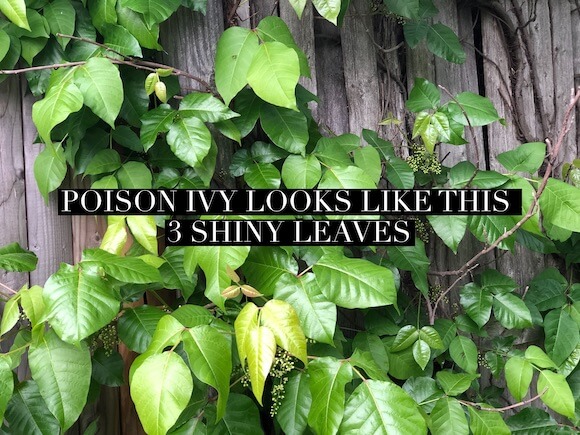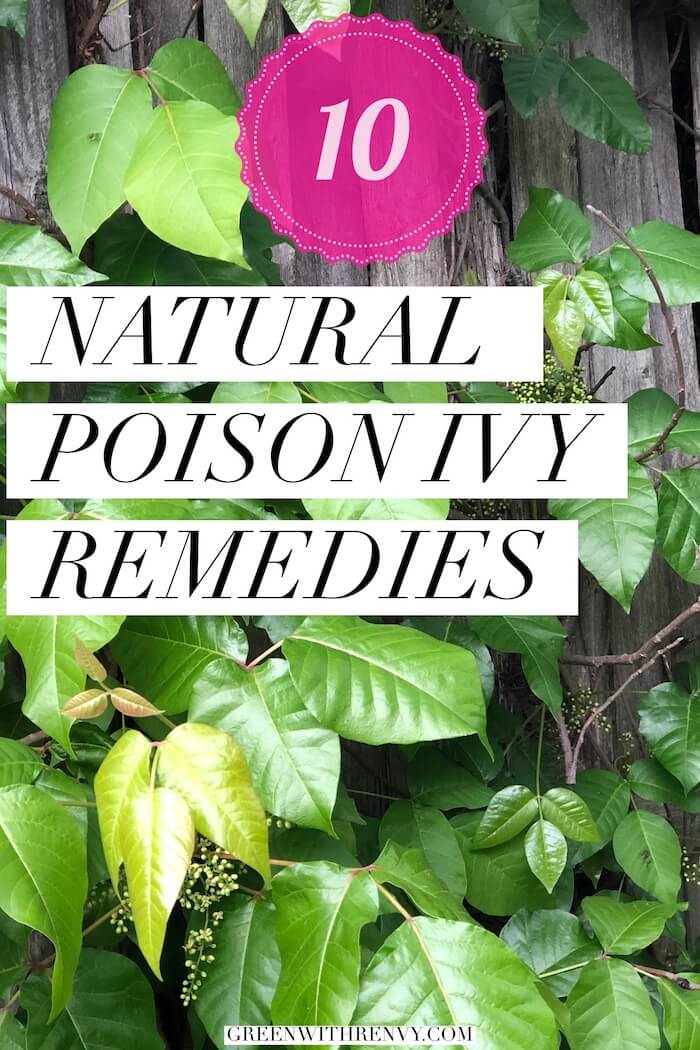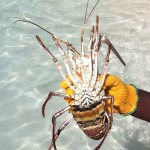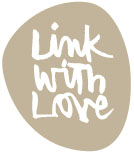Nature’s Poison Ivy Relief
Chances are sooner or later you will need poison ivy relief. The three leafed nemesis is found in every state in the U.S. except Hawaii and Alaska. It is also found on many continents around the world. Our household is notorious for skin rashes, and like clockwork, start summer we are looking relief treatment from this outdoor menace.

When I received a note from Harold Brown aka The Poison Ivy Guy, I was anxious to try his natural treatment. Since we have a least one case of the irritating skin rash in our household annually, it was only a matter of time before we’d put his “natural, sweet fern remedy” to the test.

The product comes in a simple recyclable cardboard box and is very easy to use.
The company’s founder grew up on a dairy farm in Maine and his family has been making good use of the remedy for generations. Harold was taught by his grandfather how to locate and prepare the herb, and has passed the knowledge onto the next generation.
Sweet fern is a shrub that looks very much like a fern. Native to the eastern U.S. the leaves are scalloped and deciduous. With an aromatic fragrance, the astringent herb is primarily used to control bleeding, diarrhea, and as a wash for poison ivy rash (and other rashes). It is a member of the wax myrtle or bayberry family, which grows nearly worldwide, with about 40 species of small trees and shrubs, 5 native tree species, and 3 shrub species in North America. When boiled, the scented leaves take on their superpower.
Truths and Myths about Poison Ivy Relief
Myths and Truths About Poison Ivy
First, let’s speak to a few myths about the plant:
According to the American Academy of Dermatology, approximately 85% of the population will have an allergic reaction if exposed to poison ivy. Urushiol is the compound inside of poison ivy (and poison sumac and oak, and even parts of the mango tree) that causes the skin irritation.
Depending on the amount of urushiol oil you get on your skin, you may experience a massive rash outbreak or just develop a small patch. If you’re very lucky, it might pass you completely. If you know you’ve been exposed, within 10 minutes, clean your skin with rubbing alcohol.
- Once allergic, always allergic to poison ivy. A person’s sensitivity to urushiol changes over time, and even from season to season. People who were sensitive to poison ivy as children may not be allergic as adults and vice versa.
- The Poison ivy rash is “contagious”.The rash is a reaction to urushiol found in poison ivy, oak and sumac. The rash can not pass from person to person. Urushiol can be spread by contact.
- Scratching poison ivy blisters will spread the rash.
The rash is caused by the urushiol oil and is not spread by the fluid in the blisters. If you have the urushiol oil on your hands and you scratch your nose or wipe your forehead, you may spread the oil and hence the rash. Avoid excessive scratching and make sure your fingernails and hands are clean.
- Dead poison ivy plants are no longer toxic.
Urushiol oil stays active on any surface, including dead plants, for up to five years or longer. Burning the dead leaves and branches can be an extremely toxic way to catch it. It can be inhaled from a fire, as my brother-in-law did. Never heard of a worse case then he had! - I’ve been in contact with poison ivy before and I’m not allergic to it. If a person has come in contact with poison ivy once and did not get a rash, it does not mean that he or she will always be immune. The first time a person is exposed to poison ivy he or she cannot get a rash. The first contact, which can occur without a person ever knowing, may create a hypersensitivity to the urushiol oil without causing a rash.
- “Leaves of three, leave them be.”
This is true for poison ivy, but not poison oak and poison sumac. Although poison ivy has 3 leaves per cluster, poison oak has 3 to 5 leaves, and poison sumac has 7 to 13 leaves on a branch. - You can catch poison ivy rash by being near the plants.
Direct contact with urushiol oil is needed. However, it is important to stay away from forest fires, direct burning or anything that causes the oil to become airborne such as a lawnmower or weed whacker. - You have to touch a poison ivy, oak or sumac plant to get a rash.
The most common way people contract an allergic rash from these plants is by touching an item that has urushiol oil on it, including garden tools, camping equipment, boots and even pet fur. Since urushiol can stay active for years, it’s important to wash any item that has come in contact with poison oak, ivy or sumac with soap and water.

It can grow everywhere. This batch climbing up the fence of an unsuspecting homeowner.
Treatment of Poison Ivy
Now that you know everything you need to about the plant, let’s get to treating the rash. Under any circumstances poison ivy is unpleasant. Most over the counter remedies offer topical relief from the itching for a short time. We found Nature’s Poison Ivy Relief to be a revelation. It’s hard to imagine a simple Native American recipe could offer such relief. This natural recipe is based on the use of sweet fern.
Poison ivy relief is very easy to use – simply boil the leaves in a quart of water for approx. 20 minutes or until it looks quite dark (enjoy the aroma). Strain off the leaves and let it cool. Once cooled, apply to affected area. You should see results in approx. 24-48 hours. Apply 4-5 times daily for best results. Leftover liquid can be stored in the fridge for up to 6 months. I’ve heard from readers who have been using this treatment for years.
My husband is very allergic to the plant. When we tested Nature’s Poison Ivy relief, he felt improvement almost immediately. The itch reduced considerable, and within a few days was clear. An added benefit of storing the product in the fridge, was the cooling effect it had on the skin. We were complete converts!
Additional Natural Remedies for Poison Ivy Relief
There are a number of additional remedies that are not considered a cure, but will provide relief from the itch of poison ivy. Most will work to stop the itching and dry out the rash over a period of time. Everyone has a different reaction to the plant, so if symptoms persist, you should always see your Doctor who can provide medical advice.
Apple Cider Vinegar
Apple cider vinegar seems to be a cure all for whatever ails you. Yup, a shot in the morning is part of my daily routine. Soak a rag in cool water laced with apple cider vinegar (2/1) and apply it as a compress.
Eucalyptus Oil
Here’s a home remedy that might actually offer some relief. Applying eucalyptus oil to the skin is helpful because it is naturally anti-inflammatory, meaning that it can help to ease all types of irritation and swelling.
Eucalyptus is also generally nutritious for the skin and moisturising and for these reasons, it is popularly used to treat a number of different types of rashes.
Brown Soap
We always had a bar of this soap in our outdoor shower on Fire Island. I think more poison ivy grows on that small strip of New York than any other place on earth! Made with all natural and non GMO ingredients, the calming soap has essential oils, herbal extracts and organic oat bran. Handmade in the USA, for treatment, lather up, let sit for a few minutes and rinse off.
Baking Soda

This is another common solution that must be used quickly to soak up the oil. Anyone who has used it in the kitchen to soak up oil spills knows how effective it can be. Make a paste and apply to the outbreak.
Oatmeal
Cucumber
Cucumber is a useful item that is often handed out at health spas in order to place on your eyelids. The idea is that it can provide a cooling and relaxing effect when used this way and in a similar vein, it can also be used to treat and cool a painful rash. This won’t cure the rash, but it can help to make it a little less painful and upsetting and it’s relaxing as well.
Aloe Vera
Aloe vera is yet another substance that is popular for all kinds of rashes. It is naturally anti-inflammatory and anti-bacterial, so it can ease discomfort, nourish the skin and prevent infections. It won’t cure the rash but it can ease symptoms in conjunction with other treatments.
Witch Hazel
An astringent, which hazel is famed for its ability to reduce inflammation and itching. It’s a natural treatment, and it can provide excellent results.
To use this poison ivy remedy, simply saturate a cotton swab with witch hazel and dab it over the affected sit. Let the liquid remain on the skin and dry in. You should notice a marked difference in the itching and the inflammation within just minutes after application.
Washing Your Clothes
Another useful tip is to make sure you wash your clothes in a similar manner after contact with the ivy. The oil can similarly become transferred onto your clothing and this can then cause it to re-aggravate your skin. In an ideal scenario, you should remove all clothing and dip it into hot soapy water as soon as possible.











































I have been using sweet fern for poison ivy for 50 some year. A friend told me about it when I was bedridden with the rash (head to toe ). I now keep some in the freezer Stored in water bottles.